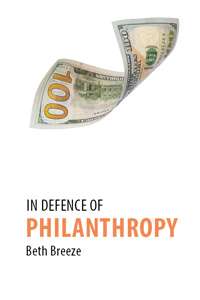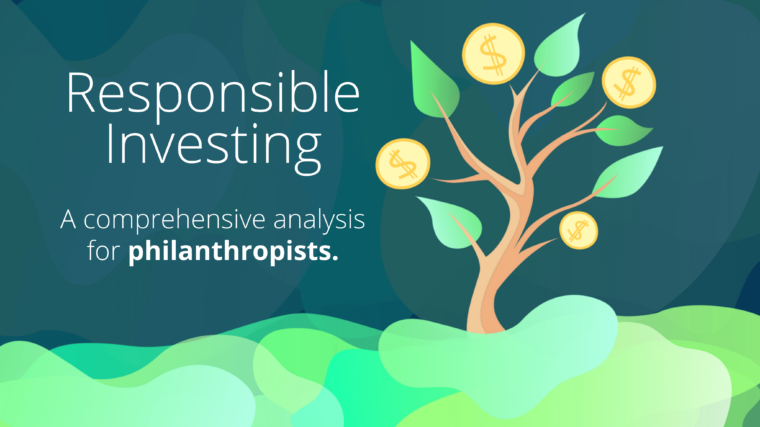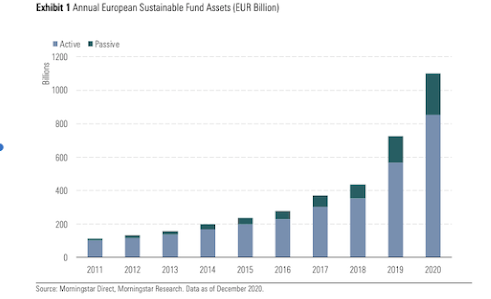Jessica Maybanks explains how enabling philanthropists to provide more holistic support of charities will lead to more impactful donor-fundraiser partnerships.
Relationship fundraising is an ever evolving concept, and broadly speaking most charities understand the critical need to engage supporters meaningfully, through a planned journey of cultivation and stewardship.
The donor journey is especially important for philanthropic supporters, who need to build their knowledge of, and trust in, an organisation before they invest at a significant level. However, over time, even the most professional fundraisers can become blinkered, focusing on a rudimentary process of relationship management that involves a conveyor belt of “box-ticking” activities such as: update reports; event invitations; project visits; periodic newsletters; and networking opportunities.
Whilst these offerings are made with good intentions, too often they are undertaken out of habit, and to make fundraisers feel they have fulfilled their end of the bargain when receiving sizeable donations. The truth is, this prescribed method of stewardship, is a generic assumption about donors’ requirements, and not always the best way of truly deepening a relationship, nor maximising value for a charity. Whilst appropriate and necessary in some instances, events can be costly and time-consuming to organise; donor reports can be an additional layer to already rigorous internal controls; and project visits can be distracting for busy field-staff.
“Effective relationships between philanthropists and charities should be based on a mutual desire to achieve set outcomes.”
At international equine welfare charity Brooke, the Philanthropy and Partnerships team has been scrutinising our traditional, planned route of stewardship, looking at ways to create bespoke partnerships that truly consider funders’ desires, but critically, that add value to the charity beyond financial support. Asking key supporters who were already giving at exceptional levels for further assistance (albeit non-financial) initially felt uncomfortable.
This was perhaps exacerbated by an entrenched, cultural belief that social return is in some way less valuable than financial return, thereby leaving the beneficiary feeling indebted. To create true partnership, inherent power imbalances need to be put aside, and social return/impact truly valued, and recognised for the critical importance it plays in effecting transformation. In summary, effective relationships between philanthropists and charities should be based on a mutual desire to achieve set outcomes, whilst exploring the most effective ways of doing so together.
“We were knocking on an open door when we embarked on conversations about how individuals could help beyond their financial contributions.”
And at Brooke, it was the fundraisers, not our philanthropic partners who needed to adapt and discard traditional ways of working. The charity operates with animals and people in some of the poorest communities in the world, and our supporters tend to mirror our own personality and values: they are compassionate, respectful and humble, and donate exclusively to make a positive difference. As such, we were knocking on an open door when we embarked on conversations about how individuals could help beyond their financial contributions. The strategy started with a comprehensive analysis of organisational needs, involving conversations with various departments.
Examples of sought-after opportunities included:
- Campaigning: Asking well-connected individuals to support the launch phase of a new campaign.
- Trusteeship: Utilising Board members with specialist skills for some of our international programmes.
- Hosting: Patrons acting as hosts for Brooke-led events, as well as opportunities to piggy-back third-party led events.
- Media: Help with achieving high-profile press coverage.
- Ambassadors: Speaking opportunities at target events, and to target audiences.
- Advocates: Influential figures to promote our advocacy and policy messaging.
Within a twelve month period of setting up one-to-one meetings with some of our key supporters (on Zoom or, where possible, face-to-face), all of these needs were met in some way. Indeed there was an overwhelming enthusiasm at having been asked to act on behalf of the charity, as one of the “home team”. The briefing sessions and preparation that ensued meant that philanthropic supporters became personal champions of Brooke’s work. They shared in challenges and frustrations, but also the highs of: introductions working out; events going well; or new opportunities coming to fruition.
Whilst fundraising is undoubtedly tough, there is a joy that accompanies success, perhaps even more so in the philanthropic sphere, where positive results can be transformational in terms of what a charity can achieve. Sharing in these moments of elation with supporters who have personally invested in the outcomes has resulted in far deeper affinity with the cause, and a far superior understanding of our work than any glossy report or newsletter could ever achieve.









